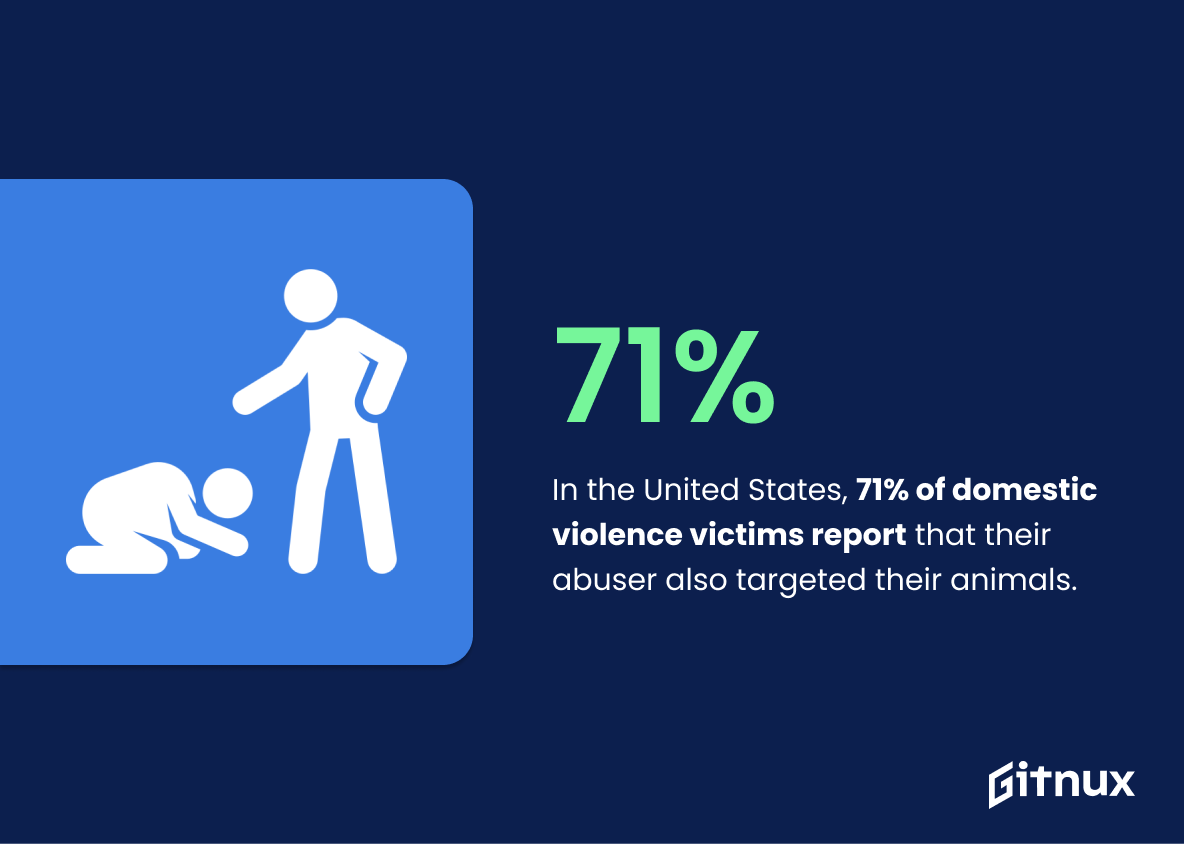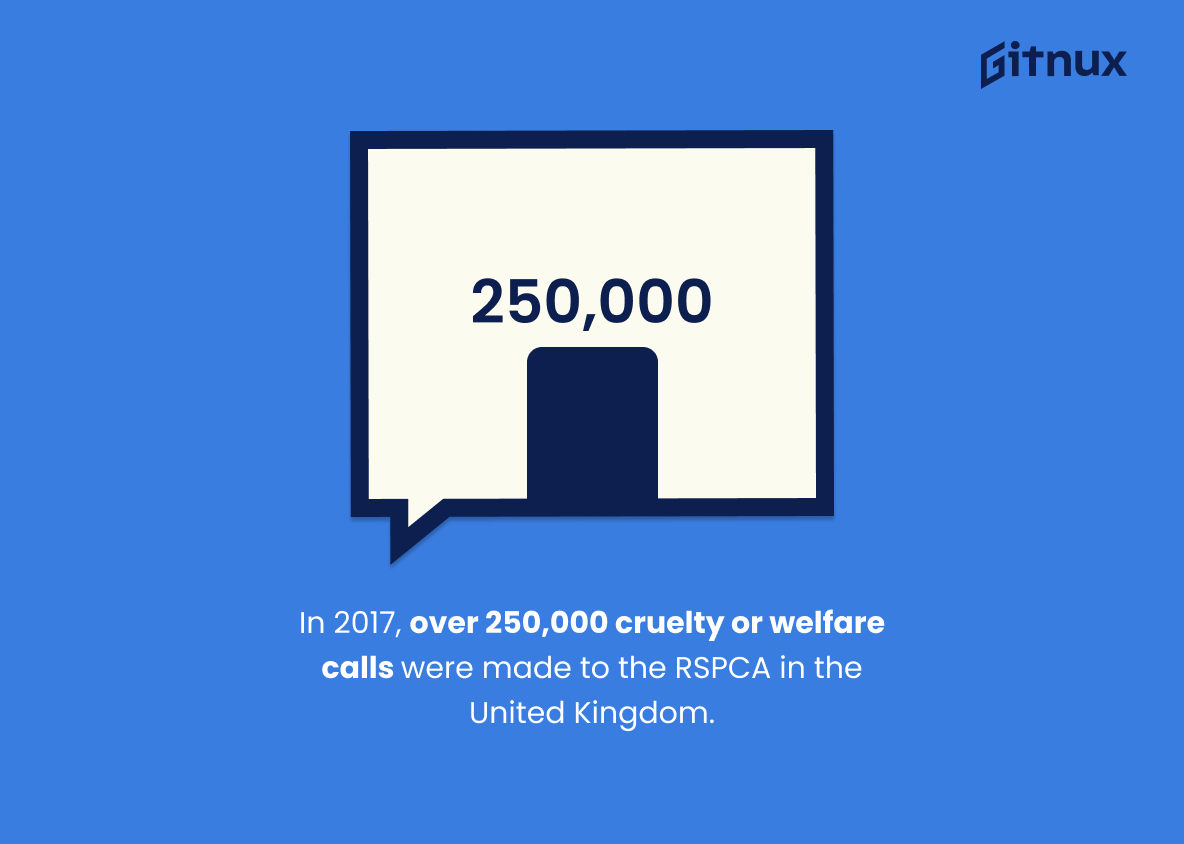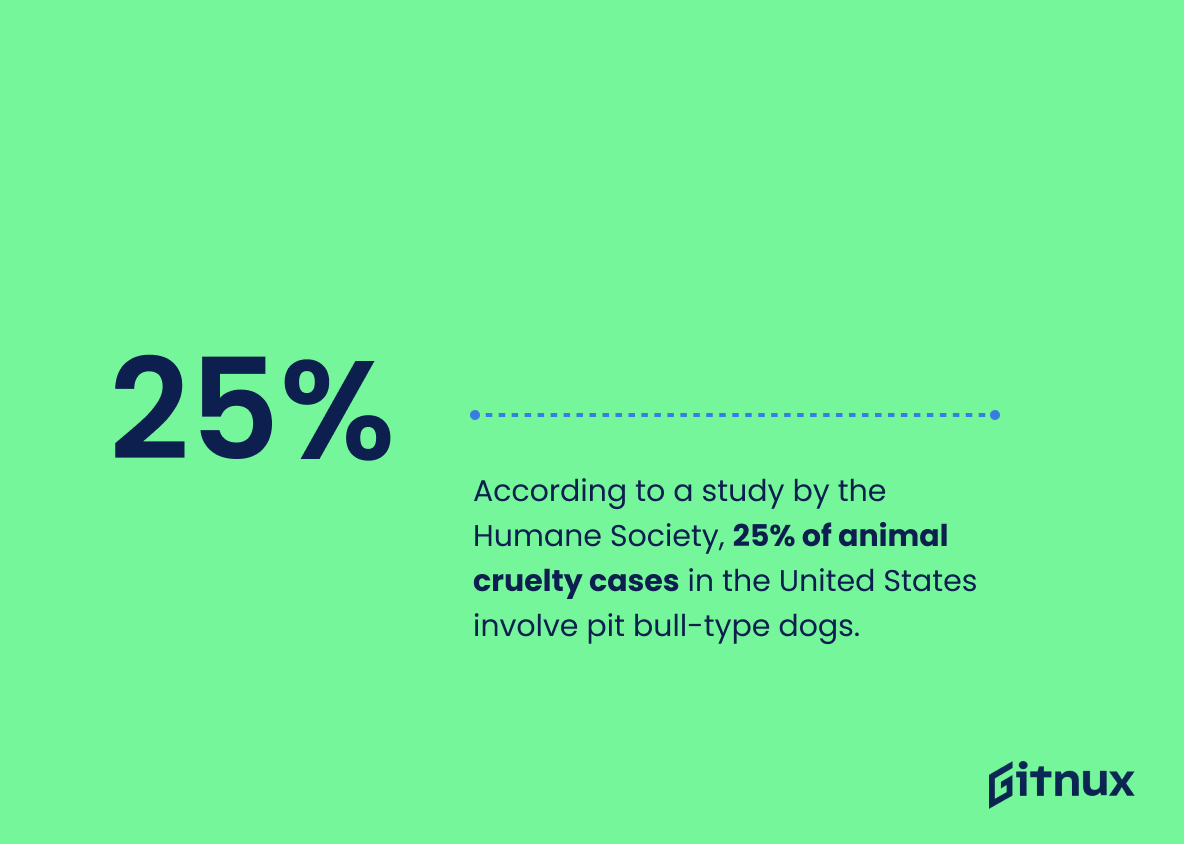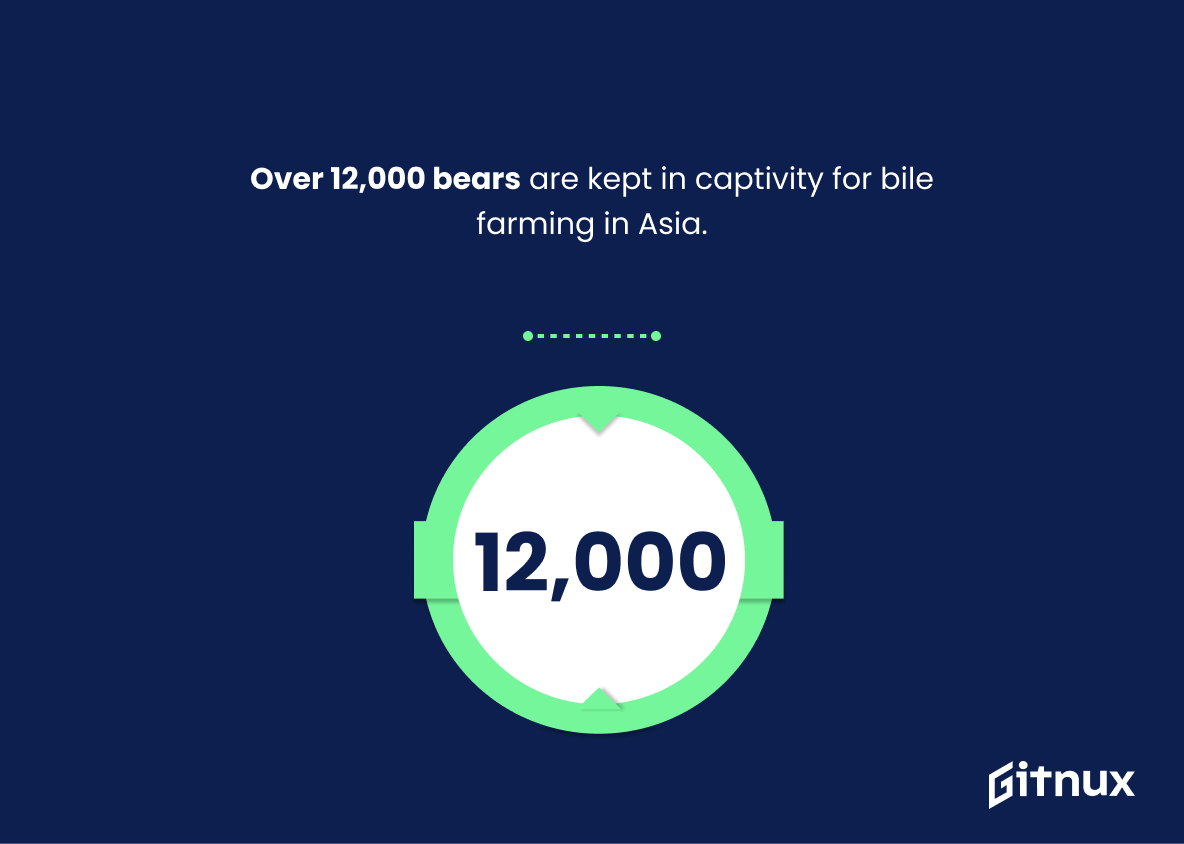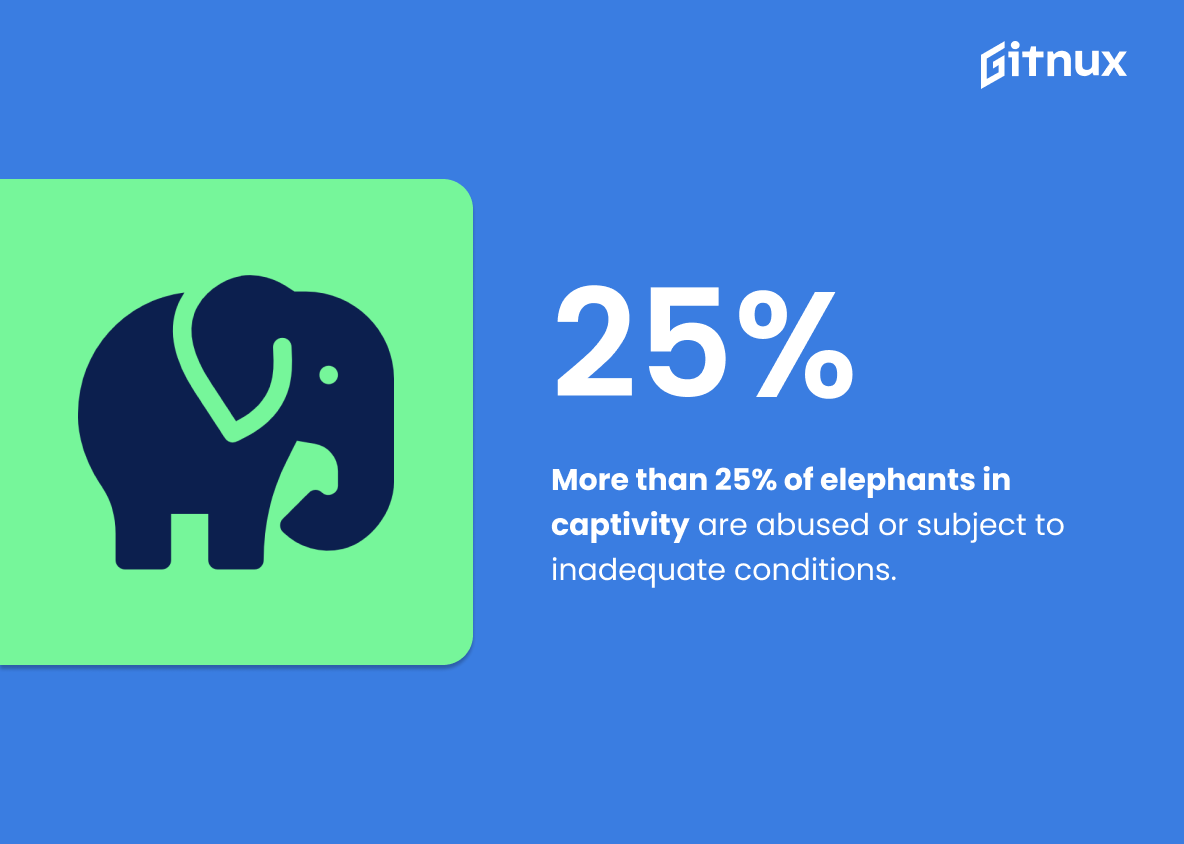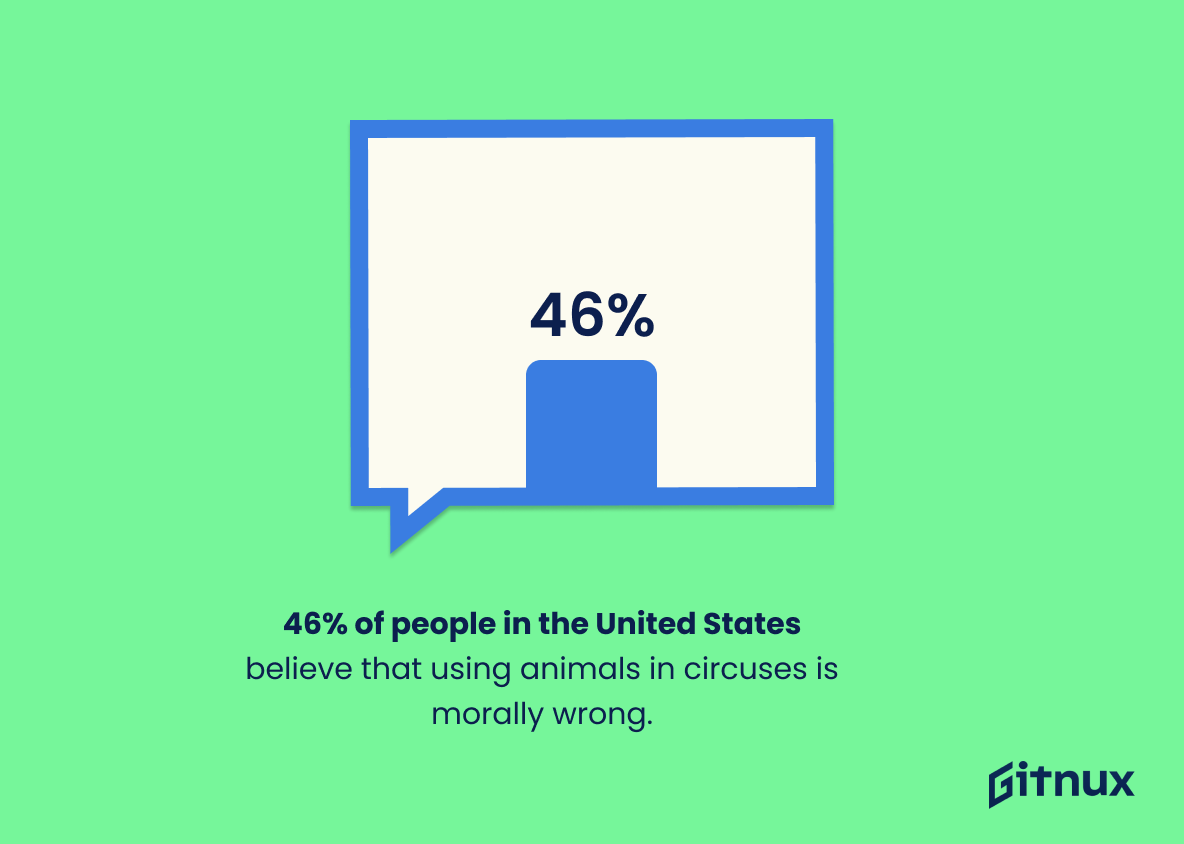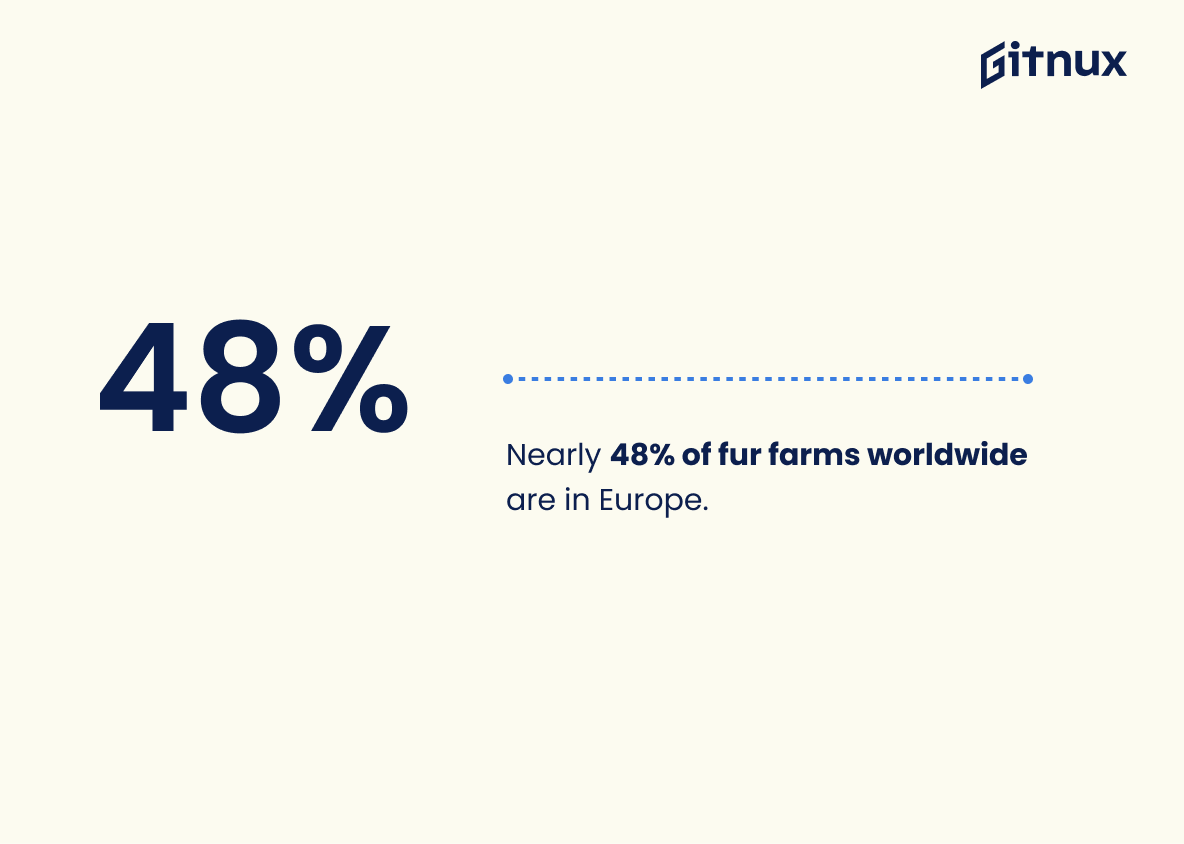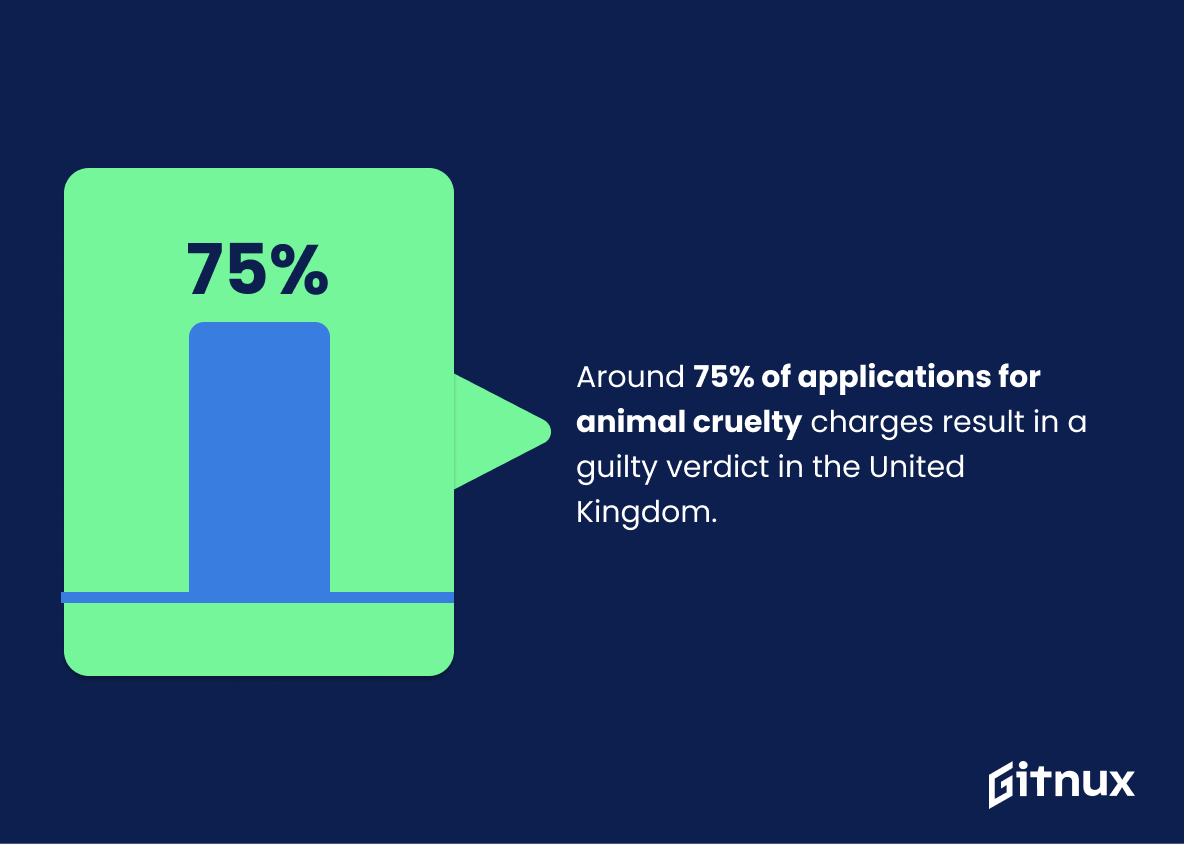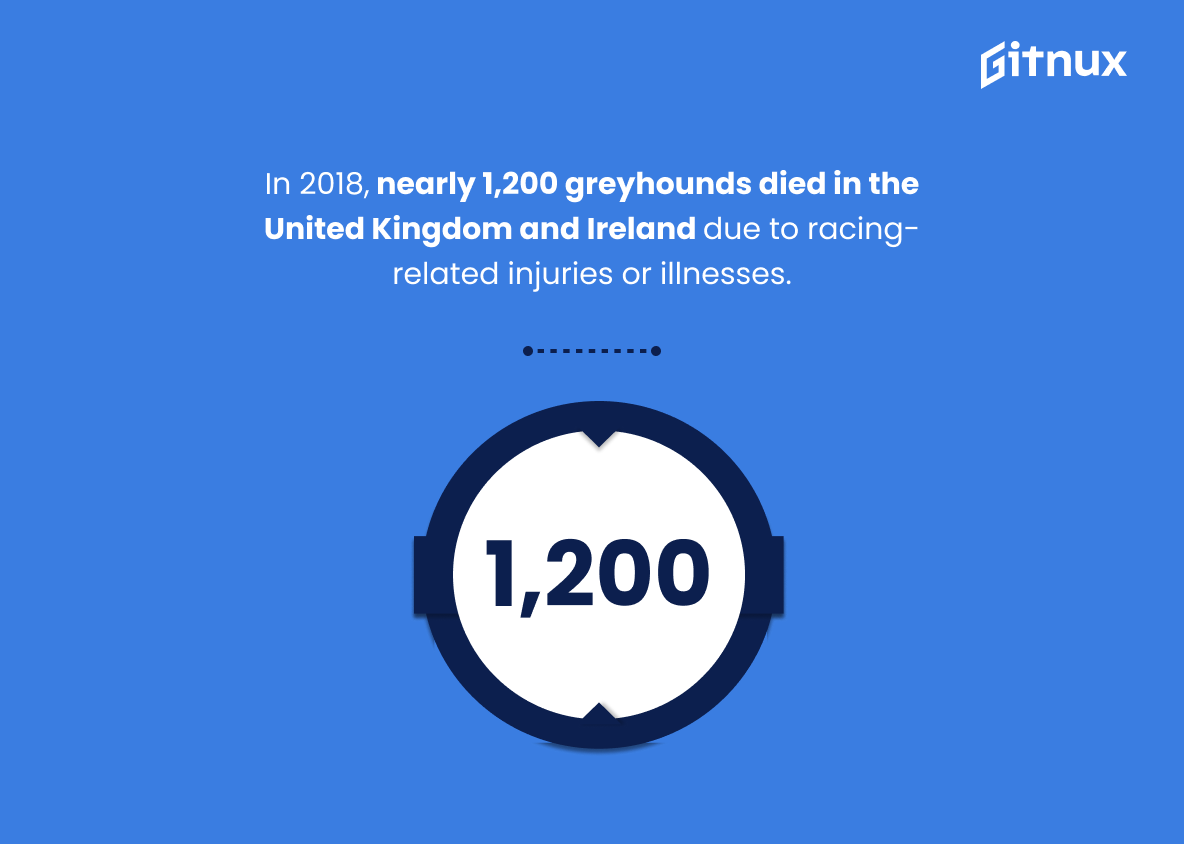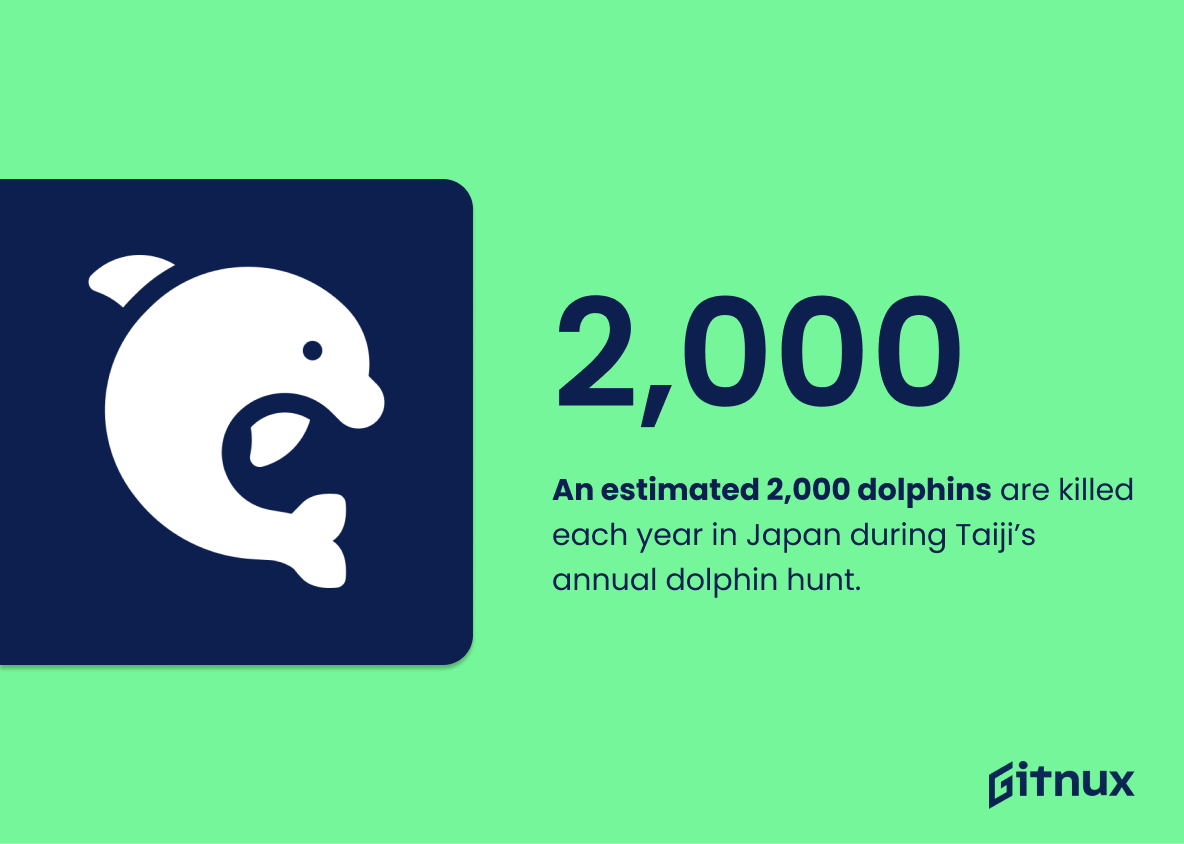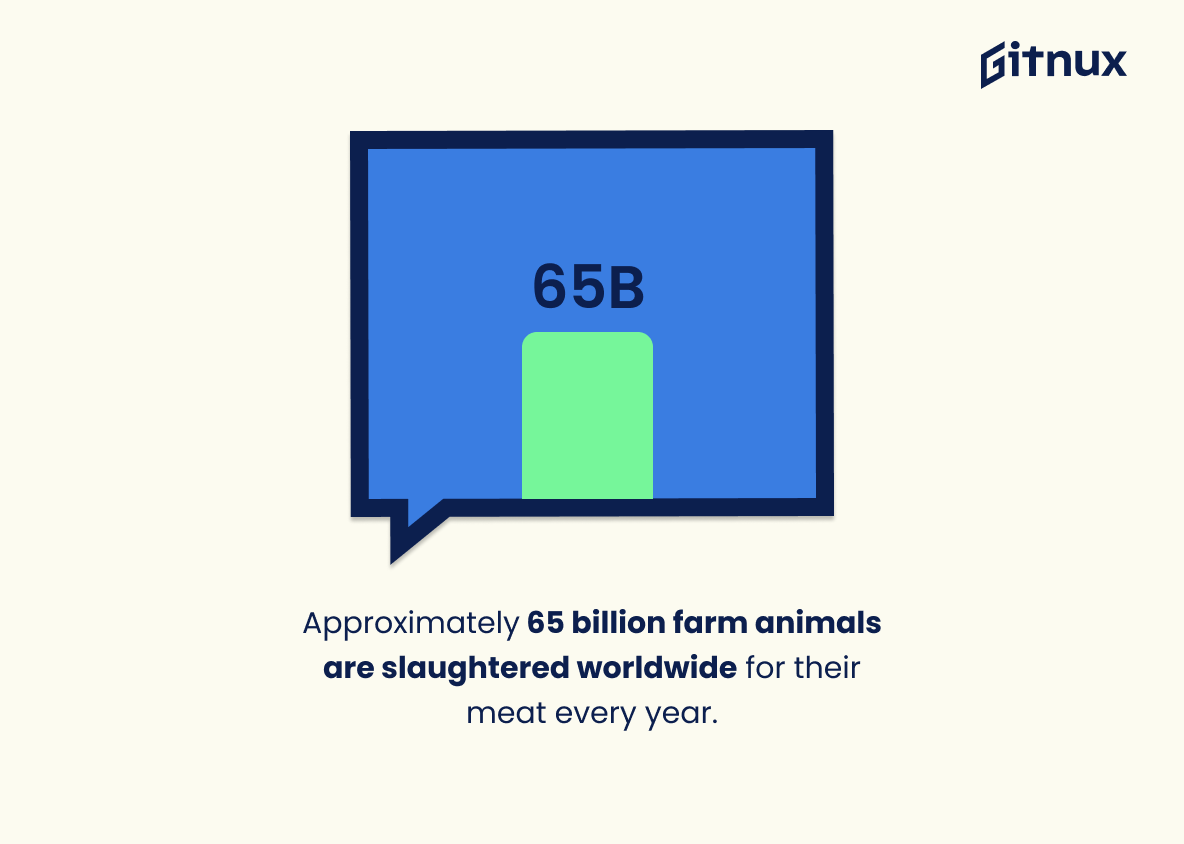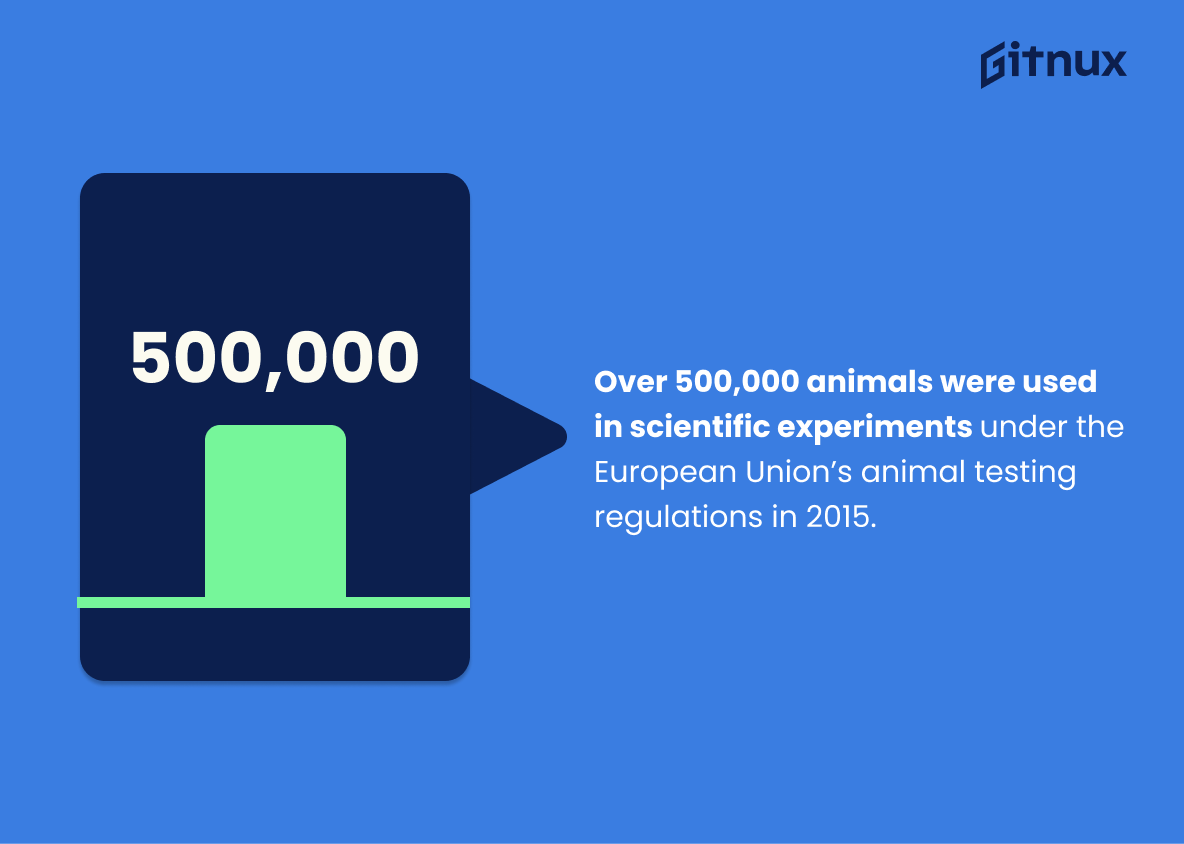Animal cruelty is a widespread issue affecting millions of animals globally. In the U.S., around 1 million animals face abuse each year, while over 115 million are used in experiments worldwide. A concerning 71% of domestic violence victims report their abuser also harmed their pets. Every 60 seconds, another animal in America is abused.
In the UK, the RSPCA received over 250,000 cruelty-related calls in 2017, with dogs being the most frequent victims, especially pit bull-type breeds, which constitute 25% of abuse cases. Annually, about 250,000 bulls suffer in bullfights across Europe and Asia, and 12,000 bears are trapped for bile farming. Captive elephants, particularly those in tourism, often endure poor conditions, with 25% mistreated. In Europe, 48% of fur farms operate, but the UK’s legal system has a 75% conviction rate for cruelty cases. Greyhound racing led to 1,200 deaths last year, Japan’s dolphin hunts killed 2,000 dolphins, and 65 billion farm animals are slaughtered annually. Despite a 40% recidivism rate in animal abuse, collective efforts could signal hope for the future.
Animal Cruelty Statistics Overview
In the United States, 71% of domestic violence victims report that their abuser also targeted their animals.
This statistic is a stark reminder of the prevalence of animal cruelty in domestic violence situations. It highlights the fact that animals are often targeted in these situations, and that victims of domestic violence are often unable to protect their animals from abuse. This statistic serves as a reminder that animal cruelty is a serious issue that needs to be addressed in order to protect both humans and animals from abuse.
In 2017, over 250,000 cruelty or welfare calls were made to the RSPCA in the United Kingdom.
This statistic is a stark reminder of the prevalence of animal cruelty in the United Kingdom. It serves as a call to action for people to take a stand against animal cruelty and to support organizations like the RSPCA that are working to protect animals from harm. It is a reminder that animal cruelty is still a major issue and that more needs to be done to protect animals from abuse and neglect.
According to a study by the Humane Society, 25% of animal cruelty cases in the United States involve pit bull-type dogs.
This statistic is a stark reminder of the prevalence of animal cruelty involving pit bull-type dogs in the United States. It serves as a call to action for animal lovers and advocates to take a stand against this type of abuse and to work towards a more humane society.
Approximately 250,000 bulls are killed each year during bullfights globally.
This statistic serves as a stark reminder of the cruelty inflicted on animals around the world. It highlights the fact that bullfights are still a popular form of entertainment, despite the immense suffering it causes to the bulls involved. It is a stark reminder that animal cruelty is still a major issue that needs to be addressed.
Over 12,000 bears are kept in captivity for bile farming in Asia.
This statistic is a stark reminder of the cruelty inflicted upon animals in the name of bile farming. It paints a vivid picture of the thousands of bears kept in captivity, deprived of their freedom and subjected to inhumane treatment. It serves as a powerful reminder of the need to take action against animal cruelty and to protect the rights of animals everywhere.
More than 25% of elephants in captivity are abused or subject to inadequate conditions.
This statistic is a stark reminder of the reality of animal cruelty in captivity. It highlights the need for greater awareness and action to ensure that elephants in captivity are treated with the respect and care they deserve. It is a call to action to ensure that these majestic creatures are not subjected to abuse or inadequate conditions.
46% of people in the United States believe that using animals in circuses is morally wrong.
This statistic is a powerful indicator of the public’s opinion on the use of animals in circuses. It shows that a significant portion of the population is against the practice, and that the issue of animal cruelty in circuses is a pressing one. This statistic can be used to demonstrate the need for further action to be taken to protect animals from mistreatment in circuses, and to encourage people to take a stand against animal cruelty.
Nearly 48% of fur farms worldwide are in Europe.
This statistic is a stark reminder of the prevalence of animal cruelty in Europe. It highlights the need for greater awareness and action to be taken to protect animals from the inhumane practices of fur farming. It serves as a call to action for European countries to take a stand against animal cruelty and to put an end to the cruel and unnecessary practice of fur farming.
Around 75% of applications for animal cruelty charges result in a guilty verdict in the United Kingdom.
This statistic is a powerful indicator of the prevalence of animal cruelty in the United Kingdom, and serves as a reminder of the importance of taking action against such acts. It highlights the need for greater awareness and enforcement of animal cruelty laws, as well as the need for more stringent punishments for those found guilty of such crimes. This statistic is a stark reminder that animal cruelty is still a major issue in the UK, and that more needs to be done to protect animals from harm.
In 2018, nearly 1,200 greyhounds died in the United Kingdom and Ireland due to racing-related injuries or illnesses.
This statistic serves as a stark reminder of the cruelty inflicted on greyhounds in the United Kingdom and Ireland due to racing-related injuries or illnesses. It is a tragic reminder of the suffering that these animals endure in the name of entertainment and profit. This statistic is a call to action to end the cruel and inhumane treatment of greyhounds in the racing industry.
An estimated 2,000 dolphins are killed each year in Japan during Taiji’s annual dolphin hunt.
This statistic serves as a stark reminder of the cruelty inflicted upon animals each year. It highlights the need for greater awareness and action to protect dolphins and other animals from such inhumane practices. It is a call to action to end the annual dolphin hunt in Japan and to ensure that all animals are treated with respect and compassion.
Approximately 65 billion farm animals are slaughtered worldwide for their meat every year.
This statistic serves as a stark reminder of the sheer scale of animal suffering that takes place every year. It highlights the immense number of animals that are subjected to inhumane treatment and slaughter for the purpose of human consumption. It is a powerful illustration of the need for greater awareness and action to reduce animal cruelty.
According to FBI data, animal cruelty crimes have a 40% recidivism rate in the United States.
This statistic is a stark reminder of the prevalence of animal cruelty crimes in the United States. It highlights the fact that, despite efforts to reduce the number of animal cruelty crimes, the rate of recidivism remains high. This statistic serves as a call to action for those who are passionate about animal welfare and are looking for ways to make a difference.
Over 500,000 animals were used in scientific experiments under the European Union’s animal testing regulations in 2015.
This statistic serves as a stark reminder of the prevalence of animal testing in the European Union, highlighting the need for greater regulation and oversight of animal testing practices. It is a sobering reminder of the cruelty inflicted on animals in the name of scientific progress, and a call to action for those who wish to see an end to animal cruelty.
Girls aged 12-16 are twice as likely to perpetrate animal cruelty than children of other ages.
This statistic is a stark reminder that animal cruelty is not just a problem among adults, but also among young people. It highlights the need for education and awareness about animal cruelty among children of all ages, particularly those aged 12-16, in order to prevent further incidents of animal cruelty.
Conclusion
The statistics presented in this blog post demonstrate the prevalence of animal cruelty around the world. From domestic violence victims to animals used for experimentation, it is clear that animal abuse affects millions of creatures every year. The data also reveals how certain species are more vulnerable than others and highlights some of the most common forms of mistreatment such as bile farming, bullfighting, and greyhound racing. It is important to recognize these issues so we can work together towards a future where all animals are treated with respect and compassion.
References
0. – https://www.four-paws.org
1. – https://www.dolphinproject.com
2. – https://www.awionline.org
3. – https://www.dosomething.org
4. – https://www.rspca.org.uk
5. – https://www.worldanimalprotection.org
6. – https://www.greytexploitations.com
7. – https://www.faunalytics.org
8. – https://www.humaneeducation.org
9. – https://www.news.gallup.com
10. – https://www.speakingofresearch.com
11. – https://www.crueltyfreeinternational.org
12. – https://www.respectforanimals.org
13. – https://www.animallaw.info
14. – https://www.humanesociety.org
